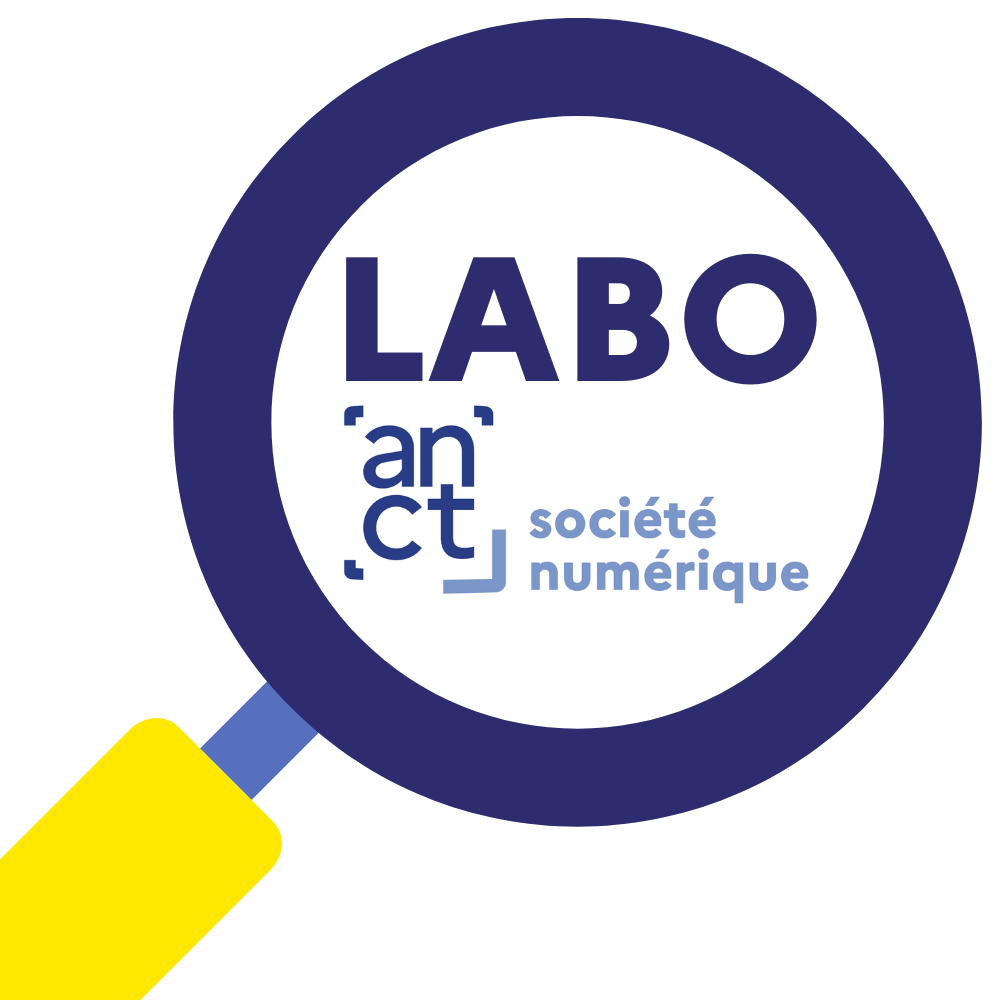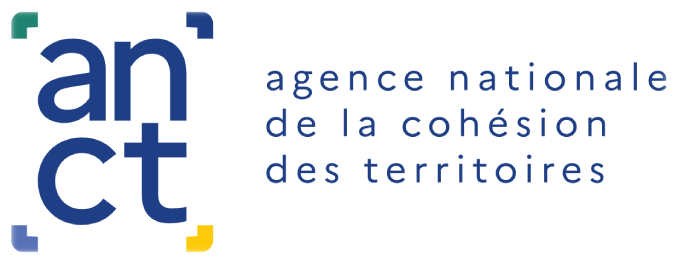In a prospective report, "Digital: what (R)evolution?", published last June, the French National Authority for Health (HAS) reviews the main challenges of digital technology in the fields of health and social support. How can all the players be mobilized? What uses should be encouraged? How can digital technology be used to improve the quality of care and support? What evaluations should be put in place to measure quality and develop trust?
In an attempt to respond to this, the HAS has formulated twenty-nine proposals along four lines.
Among the conditions and priorities, the HAS points, first of all, to the need for progress in digital mediation. " Digital mediation for all, because it is not only a question of targeting the most vulnerable or disadvantaged groups, but also all those who have technical or cultural difficulties with digital technology. Especially since the tools of health literacy or digital literacy could potentiate their efforts to reduce this cultural gap. In addition, if digital solutions were co-constructed with their final beneficiaries, the need for mediation would be further reduced.
Maintain and ensure access for all users
"It would not be acceptable for the founding principles of the public health service and social and medico-social support to be called into question. (...) However, certain situations still show that the dematerialization of certain public services can threaten these principles".In addition to the persistence of white and grey areas on French territory, the risks of being cut off for non-payment of the Internet Service Provider (ISP), the fact that a number of people do not have access to computer equipment, the HAS points out the case of people who "experience difficulties in filling in their files online to access services or simply to make an appointment with a health service or a social or medico-social service".
Faced with the difficulties of some users in the face of "all digital", the HAS sets out the principle of a human alternative to dematerialized services: " Guarantee access to dematerialized public health and social support services, through a physical or human alternative, in the name of the principle of equality before the public service" (this is the first of the 29 proposals).
Promoting digital mediation
The HAS proposes to "promote digital mediation, through a reference system of skills, training and good practices, without prejudging the professions, functions and places in a position to ensure this digital mediation" (Proposition 2)."Currently, digital mediation sites are being deployed in the social sector, particularly for people in precarious situations, both in the form of workshops led by health professionals but still too often in the form of a simple digital access point.- The integration of digital culture by social workers still needs to progress, and professions such as social and cultural animators could be mobilized in favor of digital mediation to give it the necessary impetus, because it is indeed a socio-cultural affiliation that needs to be built with these new users as much as with these new uses.
- "Expectations go beyond just people in precarious situations," observes the HAS. "They concern many other groups, sometimes simply ill-equipped with digital culture and tools. The elderly are often mentioned, but it is the whole of society that lives in the digital age and may need support to familiarize themselves with its tools, at least for their information and awareness of the risks before it is for their care or social benefits.
The HAS has identified two additions to be made to this standard:
- "To extend mediation in health to the social and medico-social sectors, as well as to all contemporary expectations, including those of data protection on social networks, particularly in the field of child protection;
- integrate the digital health dimension, including improving digital literacy."
Mobilize literacy resources more effectively
The HAS proposes to "make available to all actors a body of rules to ensure the accessibility of information sites and approaches to health and social and medico-social support, in particular by respecting the rules of literacy" (Proposal 3).The concept of health literacy refers to the ability to understand, appropriate and process health-related information. This concept, which is increasingly recognized, refers to what happens between individuals and information that is useful for their health.
"Getting information to act in favor of one's health and that of one's loved ones requires the mobilization of many abilities: reading, writing and calculating, but also communicating, solving problems, evaluating and sorting the information found. Resources to improve literacy should be more systematically mobilized in order to guarantee accessibility for all to digital health and support.- The abundance of health information in the media, on the Internet and on social networks "can, however, pose a problem for the citizen in sorting through data of varying nature and reliability. Not all Internet users are able to select information, even if practices are evolving, and many have difficulty exercising their critical faculties on subjects that they know little about or that particularly affect them.
- In other words, the information available online remains inaccessible to many French people because of its complexity and volume. It is therefore essential to place oneself more from the point of view of the receivers of information, the users, than from the point of view of the transmitters, to propose homogeneous formats that can be understood by all and to write educational content that is adapted to make the information accessible. This implies that public actors must renounce the exhaustiveness and technicality of information in favor of selection, hierarchization and simplification.
- By putting users in a position to understand the key factors of quality and to evaluate them themselves, they will be able to interact, as "informed users", with the health, social and medico-social support system and their relationship with the professionals involved in their life course.
- Public services must therefore continue their efforts to improve literacy, by encouraging everyone to understand the information they make available. It is not just a question of making available data on health care or social and medico-social support. It is also necessary that their comprehension is assisted by information allowing to relate one information to another, for example.
- Such efforts are possible today, with user-friendly tools offered by the digital medium itself (scrollers, links, videos, infographics, etc.). These efforts contribute to the development of critical thinking skills, which are increasingly essential as digital technology contributes to the plethora of health information.
Co-constructing digital services
The HAS proposes to "recognize and promote the principle of co-construction in the development of digital health and social support tools via a dedicated normative support" (Proposition 4)."The ability to co-construct digital and artificial intelligence services with the final recipients is still strangely often absent, contributing to the beginnings of a mistrust fueled by complex but very real springs in the contemporary period. Too few of these services are built with those who use them (patients or people supported), even though we know that co-construction, if it is engaged from the design stage, allows us to co-define the need and the tool to satisfy it. In doing so, it is a guarantee of appropriation and use by the final recipient.Co-construction, adds the HAS, "is not a moral agreement on what will be done. It is also the integration of all the actors, including the final recipients, in the creation of a digital service or artificial intelligence in health".
Promote user engagement
"Digital technology can be a powerful facilitator of personal commitment. Firstly, because it makes all useful information accessible to the person concerned, provided that he or she is supported when necessary in this process of gaining knowledge, which is the first step towards autonomy in the fields of health, social and medico-social care; secondly, because connected services, social media, self-monitoring tools or the use of mobile telephony are all opportunities for the user to gain autonomy.However, the HAS observes that one must be wary of "an 'enchanting' vision of digital technology. Depending on the tools and their design, it can tend to :
- to a professional logic towards a captive patient forced to follow more and more invasive prescriptions;
- to a technocratic logic that reinforces health, social and medico-social organizations and institutions;
- to a consumerist logic that better supports personal choices;
- to a community logic with a citizen vision of sharing and influence".
- "While digital innovation is sometimes perceived as a risk of aggravating social exclusion, it also has aspects that facilitate social inclusion.
- Innovation, especially if it is social, must be centered on the users in order to be at the heart of social uses as well as to help them to "make society", which is what peer groups or, even more simply, exchange groups on digital services testify...
- However, these services, whether public or private, must consider the involvement of users of social and medico-social services in the development, maintenance, improvement and evaluation of dedicated digital services.
The need for reflexivity, a condition for real commitment
"Delivering or collecting information "by the mile" without allowing the slightest comparison, the slightest feedback to the sender, or the slightest discussion between the sender and the receiver is of little interest for the formation of judgement and therefore individual arbitration, whether we are talking about shared decision making for care or self-determination in the social and medico-social fields. From this point of view, it is the reflexive nature of digital technology that appears decisive. Making choices means evaluating risks and opportunities, advantages and disadvantages. This idea is not new, and it must be the main point of attention, especially in a perspective of reference to a community of exchange around experiential knowledge. If we want digital technology to contribute to the empowerment of each individual, this tool must therefore be a reflexive tool.These principles of engagement and reflexivity are the subject of proposal 6: "Recognize and promote a principle of exchange (reflexivity) between users and promoters of digital goods and services, in order to strengthen user engagement in health".
The absolute necessity of a follow-up in real conditions of use
The monitoring of digital solutions in real-life conditions is a tool that cuts across all evaluation methods."Because they evolve continuously, because they create new uses for which they were not specifically designed, because they also modify the environment in which they are implemented, digital solutions", observes the HAS, " have much more than other technologies unexpected effects, sometimes positive, sometimes deleterious".The monitoring of digital solutions is then the only tool that allows corrective actions. " For example, when an under-use of the technology is noted, the data collected in real conditions of use can highlight a defect in the initial expression of the need or in the design of the specifications that explains this discrepancy and that can be corrected. In the same way, the recording of an unplanned use of the digital tool can, depending on the case, lead to the improvement of the functionality as a result, or on the contrary to prevent this use if it is not desirable. Finally, monitoring in real conditions of use feeds the ex-post evaluations and re-evaluations that make it possible to verify, at regular intervals, the relevance of the decisions taken.
Thus, the HAS concludes, " monitoring in real conditions of use should be systematized at least for digital solutions receiving public funding, regardless of the level of decision, because monitoring constitutes the minimum level of evaluation. This follow-up should include at least the search for unanticipated undesirable effects and a measurement of the actual use of the digital solution by those for whom it is intended.
To this end, the HAS proposes to " systematize the monitoring of publicly funded digital solutions in real conditions of use. This monitoring should include, at the very least, a watch on unanticipated effects and a measurement of the actual use of the digital solution by those for whom it is intended" (Proposal n° 20).
Digital: what (R)evolution? The 29 proposals of the HAS
For a digital system at the service of all users and the commitment of everyone- Guarantee access to public health and social support services through a physical or human alternative, in the name of the principle of equality before the public service.
- Promote digital mediation, through a reference system of skills, training and good practices, without prejudging the professions, functions and places in a position to ensure this digital mediation.
- To provide all stakeholders with a set of rules to ensure the accessibility of health and social support websites, in particular by respecting the rules of literacy.
- Recognize and promote the principle of co-construction in the development of digital health and social support tools via a dedicated normative support.
- Preserve the guarantees of anonymity, when they are provided, by giving them a normative basis.
- Recognize and promote a principle of exchange (reflexivity) between users and promoters of digital goods and services, in order to strengthen user engagement in health.
- Guarantee the interoperability of information systems in the health, social and medico-social sectors, in order to optimize the care of users.
- Give the social and medico-social sectors the financial and human means to catch up with their technological backwardness.
- Prioritize the identification and authentication of health and social support system actors.
- Accelerate the generalization of secure messaging, including the social and medico-social sectors.
- Involve the actors of the pathway in the development of digital tools, within a strategic framework defined by the State, but with the possibility of adapting them to the specificities of their action.
- Develop local support actions for the deployment of digital solutions made available to actors.
- Organize the structuring of a collective reflection, in the form of a "general assembly" for example, so that each professional body can examine the potential evolution of its practices.
- Integrate pathway evaluation functionalities that integrate the user's point of view, with feedback to users and a comparison to national or regional distribution, in the design of digital tools for professionals.
- Systematize, organize and strengthen the means for the exploitation of real-life data in the evaluation of health technologies.
- Systematize, organize and strengthen the means for using data on users' journeys to evaluate practices and journeys.
- Build as soon as possible a matrix of evaluation adapted to digital, built by functionality, in order to define the scope of what must be evaluated and according to which modalities, according to national priorities and risks for the individual and the community.
- Define without delay a framework for a graded clinical evaluation of the benefit/risk ratio and the effectiveness of software functionalities to assist in diagnostic or therapeutic decisions, under French conditions of use, when this software receives direct or indirect national public funding.
- Coordinate evaluation actors by placing local evaluations, where necessary, within the overall framework of the national evaluation matrix so that findings can be shared.
- Systematize the monitoring of publicly funded digital solutions in real conditions of use. This monitoring should include, at a minimum, a watch on unforeseen effects and a measurement of the actual use of the digital solution by those for whom it is intended.
- Create a digital reference centre of expertise, which can be called upon by the institutional actors involved in the various vigilance processes
- Make the personal data protection regime more visible, including users' rights to erasure or portability, and facilitate redress.
- Regularly reassess the risks of re-identification in the processing and use of anonymous databases.
- Identify and limit the selection risks associated with data collection that could undermine universal or categorical health insurance solidarity.
- Broaden the notion of "data of public interest" to include all data that are relevant to the evaluation of public policies in health and social and medico-social support, including decisions on public funding of digital solutions.
- Introduce at the European level a principle aiming at guaranteeing the fundamental rights of users of health and social support systems in case of use of digital tools and particularly artificial intelligence tools.
- To support the work in progress on the "explicability" of algorithms, which will give the user of the software the means to better understand the proposals of decisions.
- Ensure the representativeness of training and test data for artificial intelligence algorithms.
- To explore all the issues related to the adjustments of national law to accompany the introduction of artificial intelligence in health and social care.
Référence :





